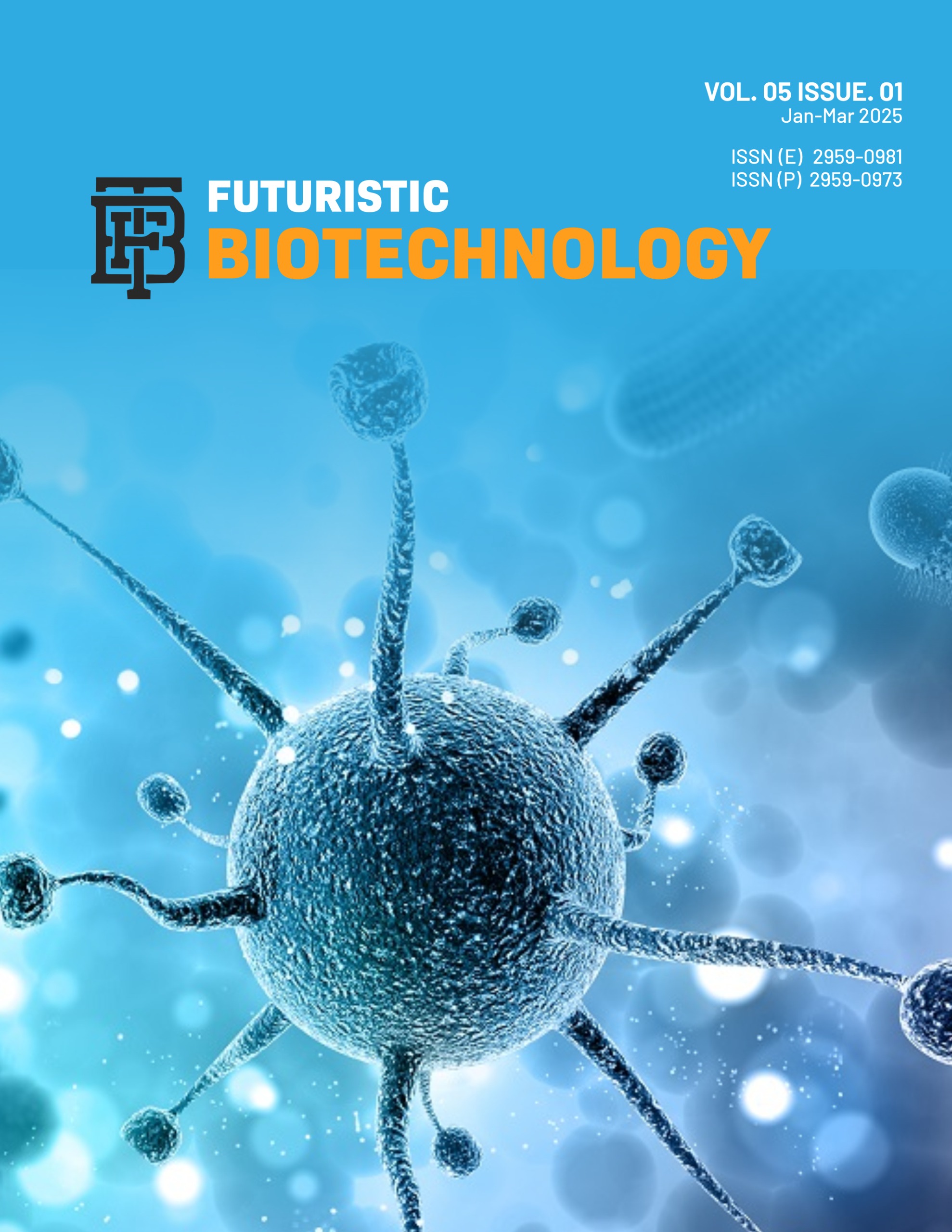Development of Plant-Based Milk by Combining Sesame Seeds, Pumpkin Seeds, Mango-Flavored Sesame, and Dates Flavored Sesame
Plant-Based Milk by Combining Sesame and Pumpkin Seeds
DOI:
https://doi.org/10.54393/fbt.v5i1.162Keywords:
Plant-Based Milk, Sesame Seeds, Pumpkin Seeds, Sensory EvaluationAbstract
Despite the increased demand for plant-based milk alternatives, there is a lack of sustainable and nutritious options that combine the nutritional benefits of sesame and pumpkin seeds. Objectives: To develop plant-based milk by combining sesame seeds and pumpkin seeds, assess the sensory and nutritional properties by using a hedonic scale and proximate analysis and do a cost analysis of this plant-based milk. Methods: A cross-sectional study took place at the lab of UVAS Lahore, Pakistan. Three samples were developed per 100ml (sesame and pumpkin seeds milk, mango flavored sesame and pumpkin seeds milk and dates flavored sesame and pumpkin seeds milk). Sensory evaluation was done using a hedonic scale. Proximate analysis was also performed to calculate dry matter, crude protein, fat and ash content of the three samples. Results: Date flavor was the most liked sample (40%) rating in appearance, 50% in odor, 50% in taste and 60% in texture. Proximate analysis of the first sample (sesame and pumpkin seeds milk) showed that it contained about 19.17% dry matter, 7.04% crude protein, 2.20% fat and 0.90% ash content. Proximate analysis of the second sample (mango flavor) showed about 13.00% dry matter, 3.60% crude protein, 4.00% fat and 0.46% ash content. Proximate analysis of the third sample (dates flavor) achieved 15.67% dry matter, 3.74% crude protein, 5.00% fat and 0.38% ash content. Conclusions: It was concluded that it is easier to make this plant-based dish using ingredients which are easily available from the local store.
References
Posokina NE, Alabina NM, Davydova AY. Development of Functional Beverages from Plant Raw Materials—Replacements for Dairy Products. Food systems. 2019 Jul; 2(2): 44-7. doi: 10.21323/2618-9771-2019-2-2-44-47.
Abbas S, Sharif MK, Sibt-e-Abbas M, Fikre Teferra T, Sultan MT, Anwar MJ. Nutritional and Therapeutic Potential of Sesame Seeds. Journal of Food Quality. 2022; 2022(1): 6163753. doi: 10.1155/2022/6163753.
Thakur N, Gupta N, Sood M, Bandral JD, Singh J, Bhat A et al. Plant-Based Milk Alternatives: An Emerging Segment: A. The Pharma Innovation Journal. 2022; SP-11(9): 2752-2758.
El-Bialy EF, Abd-Elkader MH, Yousef NS. Non-Dairy Alternative Milk for People with Lactose and Casein Intolerance. Journal of Food and Dairy Sciences. 2020 Dec; 11(12): 347-53. doi: 10.21608/jfds.2020.160395.
Manoharan D, Rajan A, Stephen J, Radhakrishnan M. Evaluating the Influence of Cold Plasma Bubbling on Protein Structure and Allergenicity in Sesame Milk. Allergologia Et Immunopathologia. 2023 Mar; 51(SP1): 1-3. doi: 10.15586/aei.v51iSP1.783.
Boujemaa I, El Bernoussi S, Harhar H, Tabyaoui M. The Influence of the Species on the Quality, Chemical Composition and Antioxidant Activity of Pumpkin Seed Oil. Oil Seeds and Fats, Crops and Lipids. 2020; 27: 40. doi: 10.1051/ocl/2020031.
Syed QA, Akram M, Shukat R. Nutritional and Therapeutic Importance of the Pumpkin Seeds. Seed. 2019; 21(2): 15798-803. doi: 10.26717/BJSTR.2019.21.003586.
Batool M, Ranjha MM, Roobab U, Manzoor MF, Farooq U, Nadeem HR et al. Nutritional Value, Phytochemical Potential, and Therapeutic Benefits of Pumpkin (Cucurbita sp.). Plants. 2022 May; 11(11): 1394. doi: 10.3390/plants11111394.
Shevchenko A, Drobot V, Galenko O. Use of Pumpkin Seed Flour in Preparation of Bakery Products. 2022; 11(1): 90-101. doi: 10.24263/2304-974X-2022-11-1-10.
Gao D, Helikh A, Duan Z, Liu Y, Shang F. Development of Pumpkin Seed Meal Biscuits. Eastern European Journal of Enterprise Technologies. 2022 Apr; 2(11): 116. doi: 10.15587/1729-4061.2022.254940.
Majid AK, Ahmed Z, Khan R. Effect of Pumpkin Seed Oil on Cholesterol Fractions and Systolic/Diastolic Blood Pressure. Food Science and Technology. 2020 Aug; 40: 769-77. doi: 10.1590/fst.03720.
Yu M, Peng M, Chen R, Chen J. Effect of Thermal Pretreatment on the Physicochemical Properties and Stability of Pumpkin Seed Milk. Foods. 2023 Mar; 12(5): 1056. doi: 10.3390/foods12051056.
Dowidar M, Ahmed A, Mohamed H. The Critical Nutraceutical Role of Pumpkin Seeds in Human and Animal Health: An Updated Review. Zagazig Veterinary Journal. 2020 Jun; 48(2): 199-212. doi: 10.21608/zvjz.2020.22530.1097.
Ceclu L, Mocanu DG, Nistor OV. Pumpkin–Health Benefits. Journal of Agroalimentary Processes and Technologies. 2020; 26(3): 241-6.
Singh A and Kumar V. Pumpkin Seeds as Nutraceutical and Functional Food Ingredient for Future: A review. Grain and Oil Science and Technology. 2024 Mar; 7(1): 12-29. doi: 10.1016/j.gaost.2023.12.002.
Kuru C, Tontul I. Optimization of Plant-Based Milk Formulation Using Hazelnut, Sunflower Seed and Pumpkin Seed by Mixture Design. Turkish Journal of Agriculture-Food Science and Technology. 2020 Nov; 8(11): 2441-8. doi: 10.24925/turjaf.v8i11.2441-2448.3726.
Sá AG, da Silva DC, Pacheco MT, Moreno YM, Carciofi BA. Oilseed By-Products as Plant-Based Protein Sources: Amino Acid Profile and Digestibility. Future Foods. 2021 Jun; 3: 100023. doi: 10.1016/j.fufo.2021.100023.
Kudva KM. Formulation and Quality Evaluation of Sesame-Pumpkin Burfi. 2022.
Plamada D, Teleky BE, Nemes SA, Mitrea L, Szabo K, Călinoiu LF et al. Plant-Based Dairy Alternatives—A Future Direction to the Milky Way. Foods. 2023 May; 12(9): 1883. doi: 10.3390/foods12091883.
Kirker CL, Newman M. Mango: A Global History. Reaktion Books. 2024 Aug.
Downloads
Published
How to Cite
Issue
Section
License
Copyright (c) 2025 Futuristic Biotechnology

This work is licensed under a Creative Commons Attribution 4.0 International License.
This is an open-access journal and all the published articles / items are distributed under the terms of the Creative Commons Attribution License, which permits unrestricted use, distribution, and reproduction in any medium, provided the original author and source are credited. For comments editor@fbtjournal.com











